
![]()
Phenylbutazone (Bute)
The controversial horse painkiller
![]()
![]()
Molecule of the Month April 2013
Also available: JSMol version.
![]()
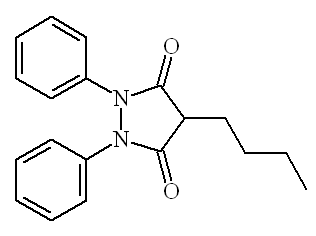
 |
Phenylbutazone (Bute)The controversial horse painkiller
Molecule of the Month April 2013
|
 |
Yes, that's right. Bute (proper name phenylbutazone) is an anti-inflammatory drug that is commonly given to horses to treat sore joints and aid recovery after bone fractures.
 What's the problem with it?
What's the problem with it?Because it has been linked with a number of adverse side-effects in humans, it isn't licensed for use in animals that then go into the human food-chain.
It acts in a way similar to other anti-inflammatory drugs, such as aspirin, and so the side-effects are similar too. In humans, its use can cause stomach ulcers, kidney damage, and internal bleeding. Another factor is that when metobolised by the body (or a human or a horse), its metabolites can cause aplastic anemia. This means that if a person eats meat from a horse that had been given bute - even several days before it went to the abatoir - its metabolites may still be present in the meat, and have potential to cause harm.
Is it - potentially. Luckily, so far, no traces of bute (or its metabolites) have been found in any of the adulterated meat products that caused the recent food scandal in the UK and Europe. Also, the amounts of bute or metabolites that are likely to make it onto the meat on your dinner plate are so low as to be (almost) negligible. And it's also not believed to be carcinogenic. So, as usual, the risks are probably overhyped to make sensationist tabloid headlines.
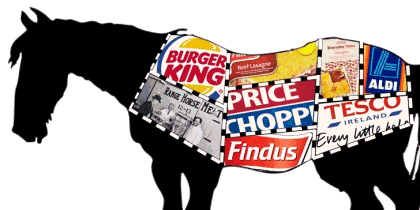
In February 2013 various processed beef products on sale in UK
and European supermarkets were found to contain traces of horsemeat.
Horsemeat that is sold legally for human consumption in countries such as France and Italy is regularly tested by the EU to make sure it doesn't contain bute or other toxic substances - although with the continuing economic crisis in Europe these tests have been cut considerably recently. In some countries, such as Portugal, food testing has been cut so much that it is almost non-existant, leading to worries that adulterated food could be widespread in these places with no-one knowing about it.
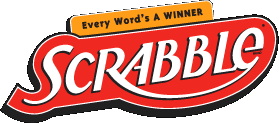 What are the metabolites?
What are the metabolites?The major one is called oxyphenbutazone, which is itself an anti-inflammatory drug with a similar structure to bute - in fact it differs by just one hydroxyl group. It has a claim to fame in that the word 'oxyphenbutazone' holds the title for the highest possible single-play score for Scrabble (American tournament rules), scoring 1,780 points across three triple-word-score squares, joining 7 tiles to 8 already played tiles.
 Why isn't it toxic for horses?
Why isn't it toxic for horses?It is, in high doses and with prolonged exposure. Horses are larger animals and so can tolerate larger doses than humans, and also have a wider margin of safety, making it harder to accidentally administer an overdose. So it's reasonably safe to treat horses with it, but not humans or other animals such as dogs. However, it is still not allowed to treat racehorses with bute for a few days before a race, as giving a horse a painkiller might improve its performance.
Yes, and for other banned substances. The most famous case was in America, at the 1968 Kentucky Derby, when the winner - a horse called Dancer's Image (photo right) - was disqualified after a urine analysis found traces of bute. This made US national news at the time and remains one of the greatest scandals in US racing history.
In a lactamisation process involving the condensation of diethyl n-butylmalonate with hydrazobenzene in the presence of base. After work-up and purification, bute is obtained as pure crystals.
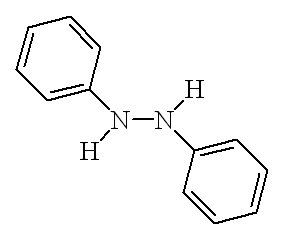 + + |
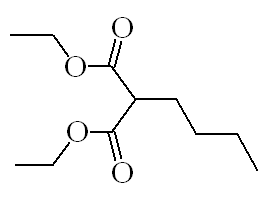 → → |
 + H2O + H2O |
Hydrazobenzene |
Diethyl-n-butylmalonate |
Phenylbutazone |
![]()
![]()
![]() Back to Molecule of the Month page. [DOI:10.6084/m9.figshare.5258584]
Back to Molecule of the Month page. [DOI:10.6084/m9.figshare.5258584]